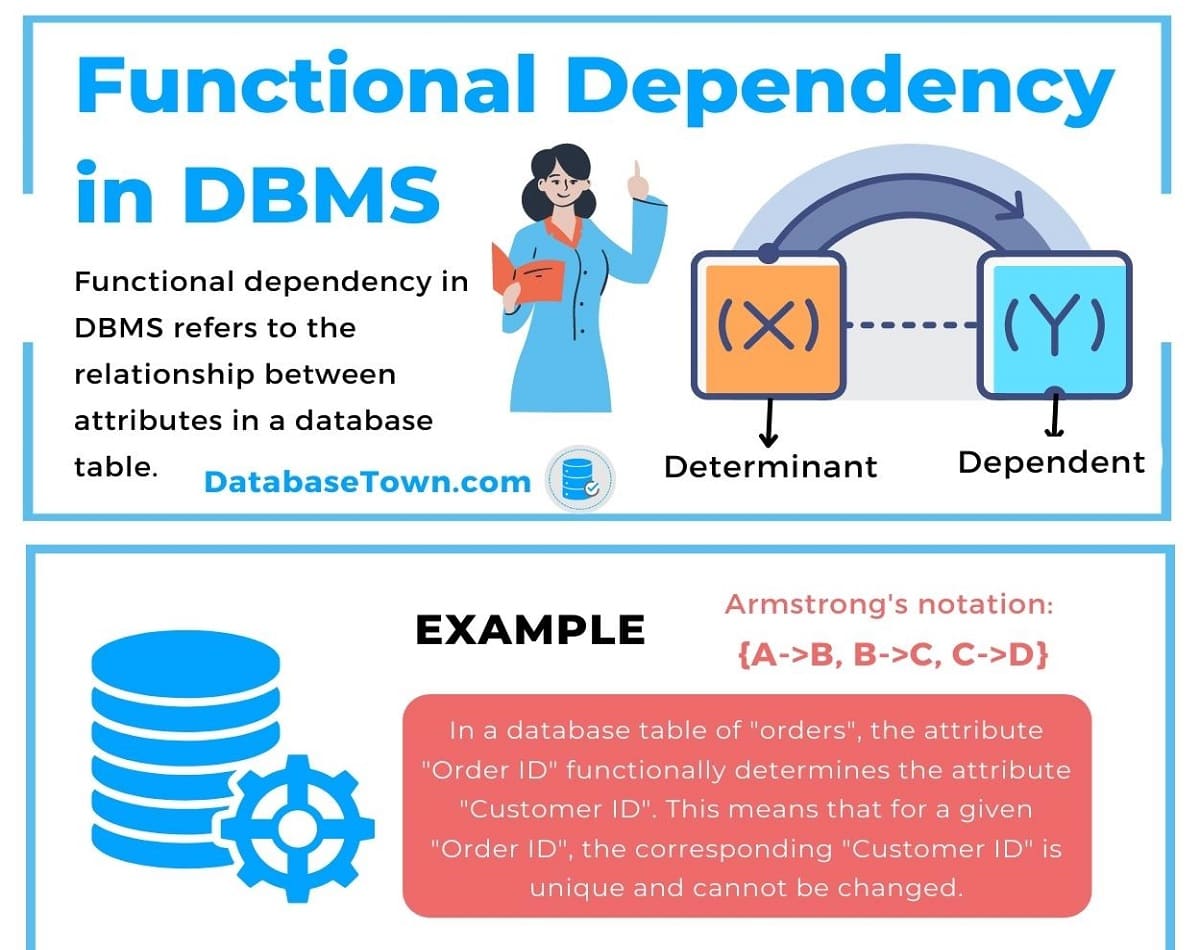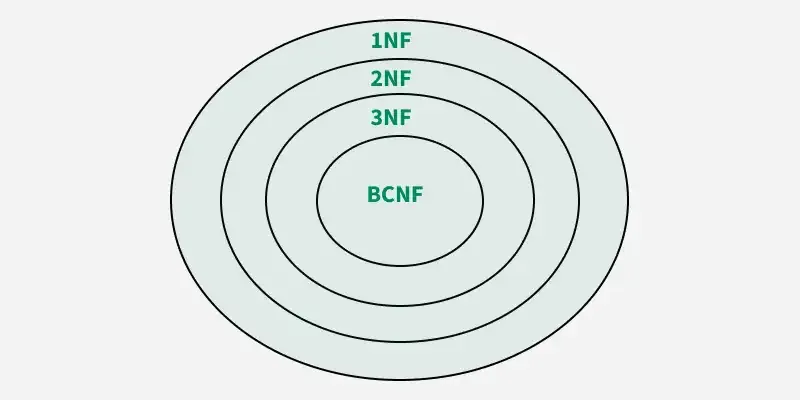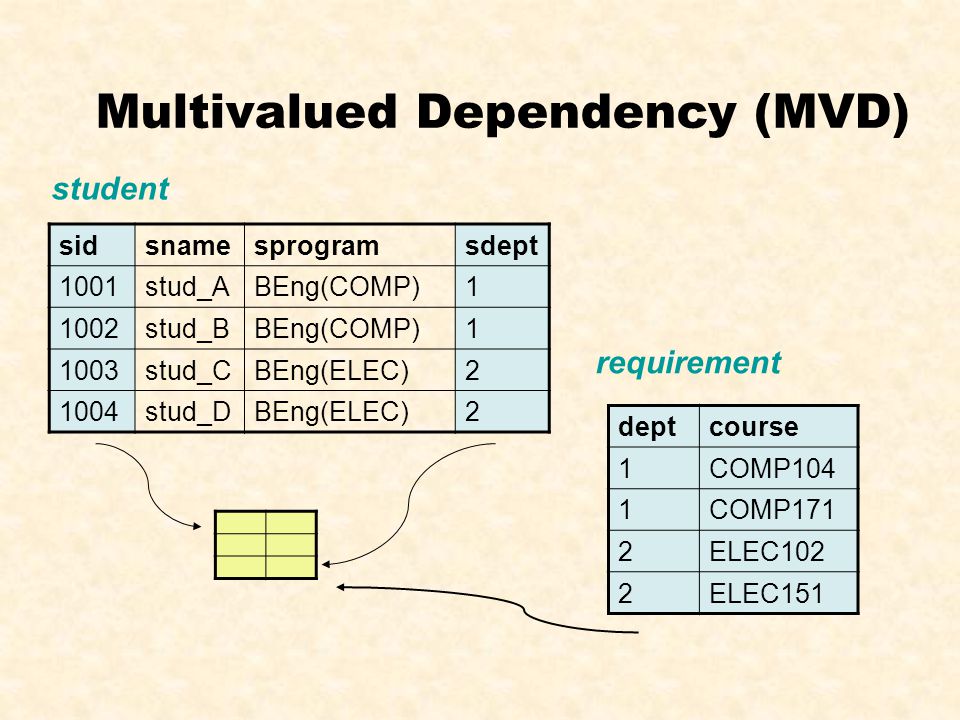Dbs101 Unit_5
My Journey Through Normalization, Temporal Data, and Database Design Alchemy 🧙♂️📊
This unit transformed me from a database novice into a normalization ninja, mastering the art of eliminating redundancies and modeling time-sensitive data. Let’s dive into the magic of functional dependencies, the elegance of normal forms, and the wisdom of atomic domains.
TAKE AWAYS FROM THE UNIT
This unit was more than just memorizing rules—it was about thinking critically about database design, balancing theory and practice, and learning how to make databases efficient and reliable.
My Learning and Its Importance 🧠💡
1. Functional Dependencies: The DNA of Database Design
What I Learned:
Functional dependencies (FDs) are the backbone of normalization. They describe relationships between attributes, like ID → name, salary, meaning ID uniquely determines name and salary.
Why This Is Important:
FDs help identify redundancies and anomalies. Without understanding them, databases become bloated and inconsistent—like a library where the same book is stored in 10 places!
Funny Thought:
Functional dependencies are like strict parents: “If I know your ID, I know where you live!” 🏠🔍
2. Normal Forms: The Hierarchy of Database Purity
What I Learned:
- 1NF: All attributes must be atomic (no lists or composites).
- 2NF: No partial dependencies on a composite key.
- 3NF: No transitive dependencies.
- BCNF: Every determinant is a superkey.
- 4NF: No multivalued dependencies unless the determinant is a superkey.
Why This Matters:
Each normal form eliminates a specific type of redundancy. Ignoring them leads to update anomalies—like changing an address in one place but not another.
Funny Thought:
Normalization is like decluttering your room, but for data. “Why do I have 5 copies of the same invoice?!” 🧹🗄️
3. Multivalued Dependencies: When One ID Isn’t Enough
Takeaways:
Multivalued dependencies (MVDs) occur when an attribute independently determines multiple values. For example, an instructor with multiple addresses and departments.
A Note on Its Importance:
MVDs lead to 4NF, where we decompose tables to avoid repeating data. No more listing the same address for every department!
An Amusing Thought:
MVDs are like a chef who works at two restaurants—you don’t need to list their home address on both menus! 🍳🏠
4. Temporal Data: Time-Traveling Databases
What I Learned:
Temporal data tracks changes over time, like course titles or instructor addresses. We add start_date and end_date to tuples to model validity periods.
Why It Matters
Without temporal modeling, history is lost. Imagine not knowing when a course title changed—chaos!
Funny Thought:
Temporal databases are like time machines: “On January 1, 2023, this course was called ‘Database Magic’…” ⏳✨
5. Atomic Domains: The Indivisible Atoms of Data
What I Learned:
1NF requires atomic values—no composites or multi-valued attributes. For example, split “address” into street, city, and state.
Why It Matters:
Non-atomic values lead to messy queries. Searching for “New York” in a combined “address” field is like finding a needle in a haystack.
Funny Thought:
Atomic domains are like LEGO blocks—you can’t use a pre-built castle; you must assemble it brick by brick! 🧱🏰
Self-growth and Reflection 🌱💭
Pre-knowledge struggles:
- Normal forms sounded like a cult: “Join us in the Third Normal Form!”
- I once designed a table with a “phone_numbers” list and wondered why queries failed.
- Temporal data made my head spin—like trying to solve a Rubik’s Cube in 4D.
Challenges:
- BCNF Decomposition: Accidentally split a table into oblivion.
- Temporal Queries: Wrote a query that returned 10 years of data instead of one day.
- Atomicity: Tried storing JSON in a column and learned the hard way why 1NF exists.
Tasks Done in Class
- Normalization Lab: Decomposed a messy “in_dep” table into BCNF.
- Temporal Data Exercise: Modeled course history with
start_dateandend_date. - Atomic Domains Demo: Split “address” into atomic attributes and celebrated the cleaner queries.
- 4NF Puzzle: Fixed a schema where instructors had repeating addresses per department.
UNIT END Thoughts
This unit armed me with the tools to design databases that are efficient, scalable, and anomaly-free. Next stop: conquering distributed systems and NoSQL!
Funny Closing:
If databases were superheroes, normalization would be the disciplined mentor, temporal data the time traveler, and atomic domains the strict but fair judge. 🦸🗄️


